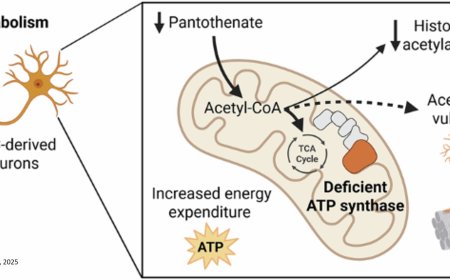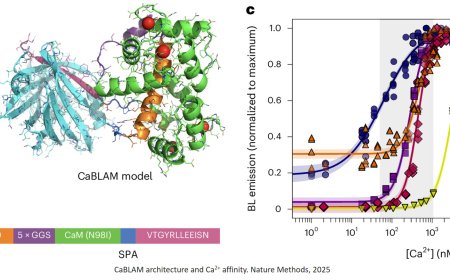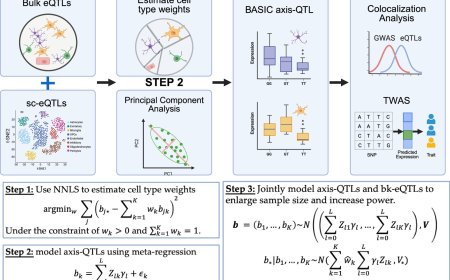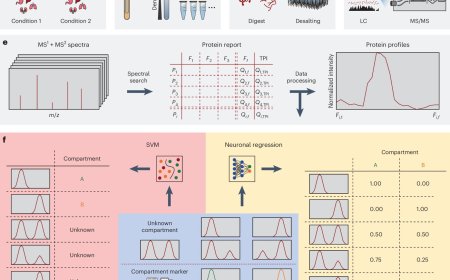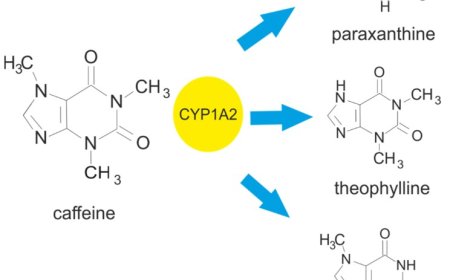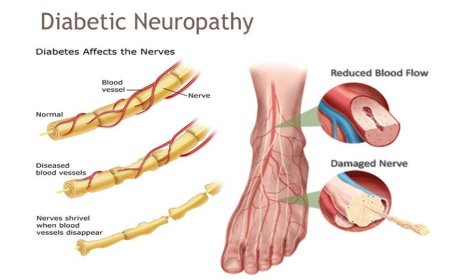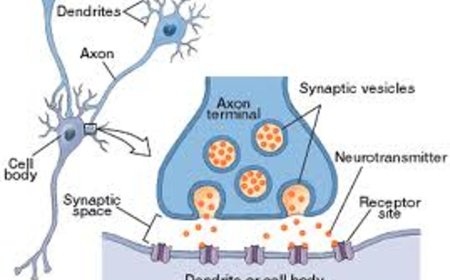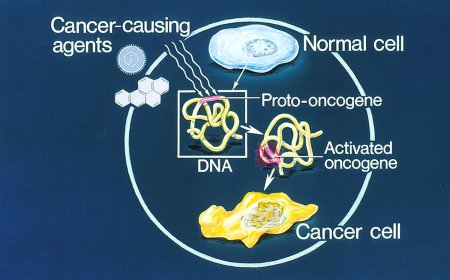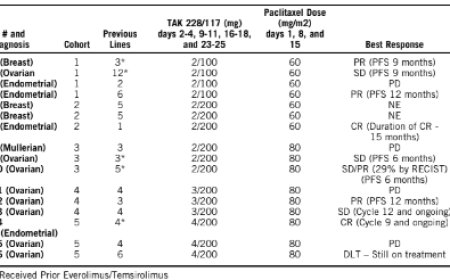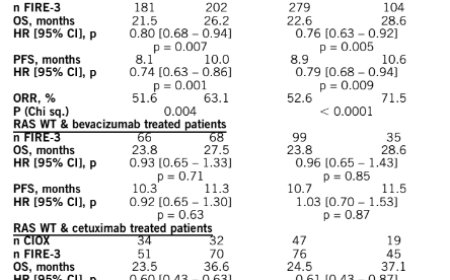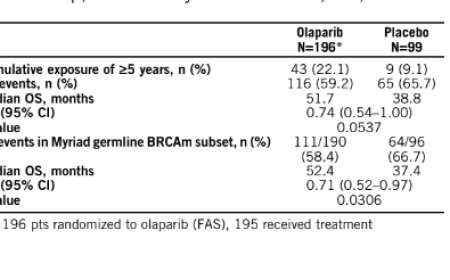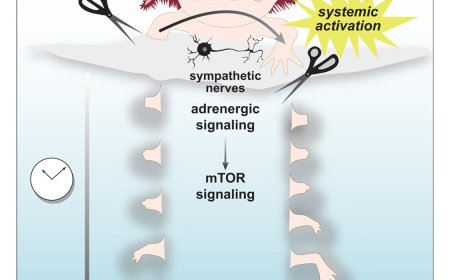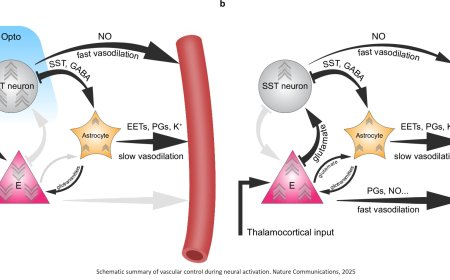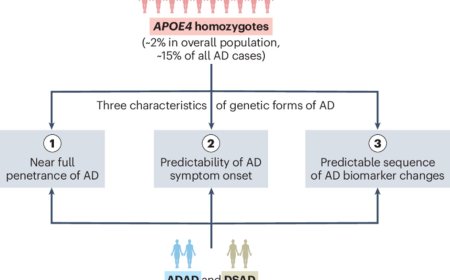How the brain’s decision-making is impacted in psychiatric disorders
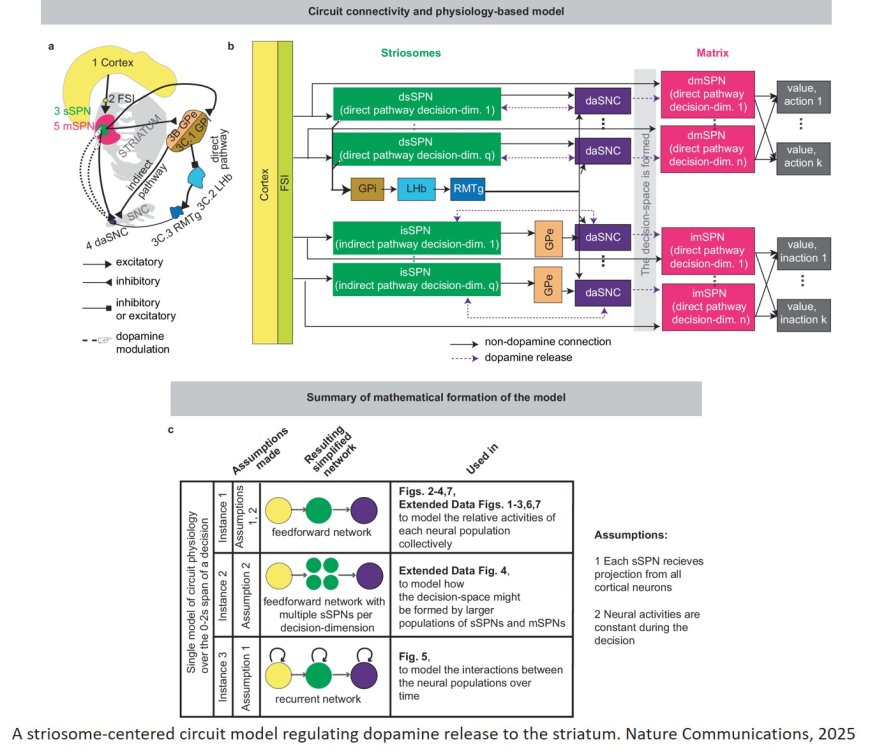
Scientists have developed a novel computational framework for understanding how a region of the brain known as the striatum is involved in the everyday decisions we make and, importantly, how it might factor into impaired decision-making by individuals with psychiatric disorders like post-traumatic stress disorder and substance use disorder.
In a study published in Nature Communications, the team reported that modulating activity within the striosomal compartment—a neurochemically discrete area of the striatum—might be an important therapeutic strategy for promoting healthier decision-making in people with psychiatric disorders.
“Though it has been established that the striatum is clearly important for cost-benefit decision-making, the precise role of the striosomal compartment has remained elusive,” says a co-lead author of the study. “Our computational model tackles that issue by creating a framework that links levels of striosomal activity to which and how many factors we consider in our decisions to pursue something. For the first time, we’ve developed a model to explain how striosomal circuits are involved in healthy as well as disordered decision-making.”
The striatum is known to play a critical role in the human brain by coordinating multiple aspects of cognition, including decision-making, motor control, motivation, and reward perception. It is differentiated into the anatomically discrete compartments of the striosomes and the matrix, though functional impacts of the striosome-matrix organization are poorly understood. Through the creation and deployment of a sophisticated model that combines biology, decision-making theory, mathematical modeling, and big data analysis, the team is shedding valuable light on the distinction in regulation of neural function in each of these compartments.
Investigators found that information from the brain about potentially relevant factors involved in decision-making flows into the striosomes, and that the striosomes then determine which and how many of those factors will be used to make the decision. Specifically, they learned that high levels of striosomal activity favor “simple” decisions in which single factors determine whether the individual pursues an option that carries potential rewards or costs. Extremely high levels of striosomal activity, however, can lead to impulsive decisions which are made rapidly and often carelessly.
On the other hand, the study revealed that lower levels of striosomal activity favor “complex” decisions in which multiple factors are considered in the course of decision-making, while extremely low levels can lead to “analysis paralysis,” in which decisions are greatly delayed because too many factors are being considered and neural circuits can’t settle into a configuration that favors one action versus another.
“Our model provides an innovative way to interpret impairments in so-called cost-benefit decision-making in psychiatric disorders,” explains another co-lead author of the study. “For example, we believe that disorders like post-traumatic stress disorder and substance abuse disorder, in which risky behaviors are common, result from high levels of striosomal activity driving consideration of potential rewards but ignoring potential costs. Conversely, disorders like depression, where daily decisions are often difficult, are believed to result from low levels of striosomal activity that result in too many dimensions being considered.”
The computational tool the team created not only offers a framework for explaining why daily decision-making is impaired in psychiatric disorders, but highlights the need to understand how striosomal activity is changed in different disorders. Perhaps even more consequential is the suggestion by the team that modulating striosomal activity through therapeutic intervention could be a new and effective approach to addressing a wide range of psychiatric abnormalities.
https://www.nature.com/articles/s41467-025-61466-x
https://sciencemission.com/context--specific-decision-making
